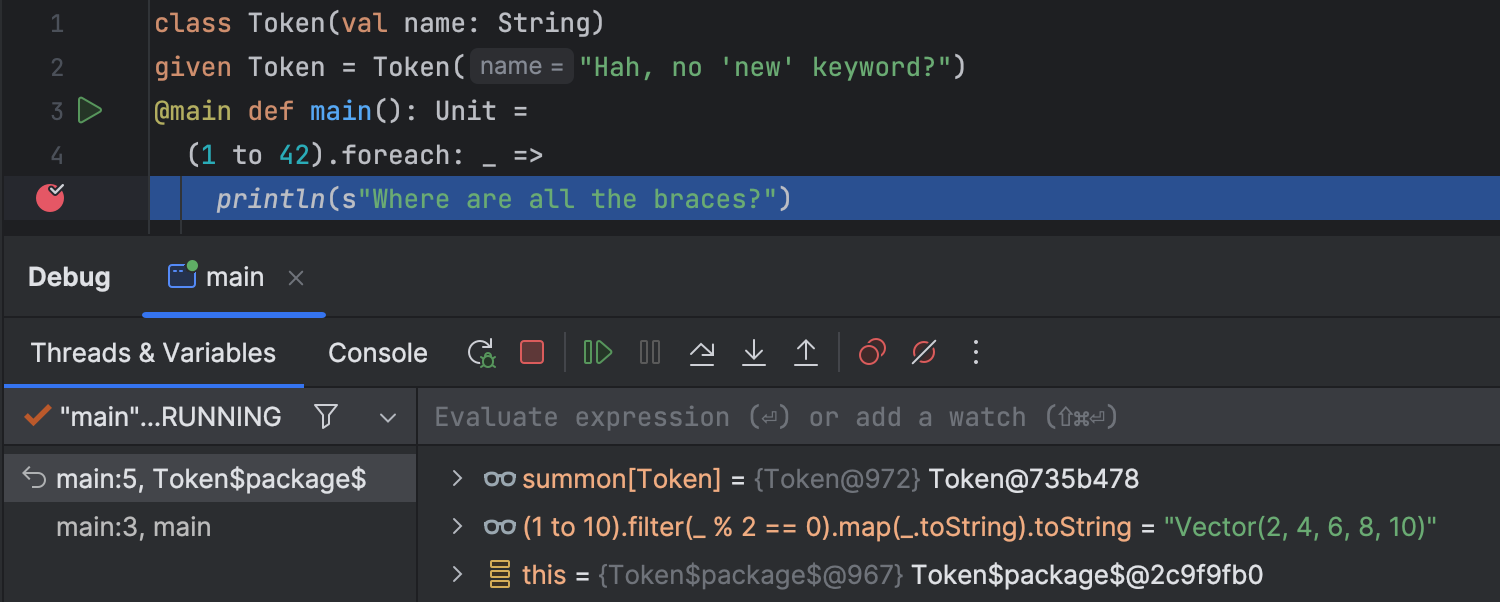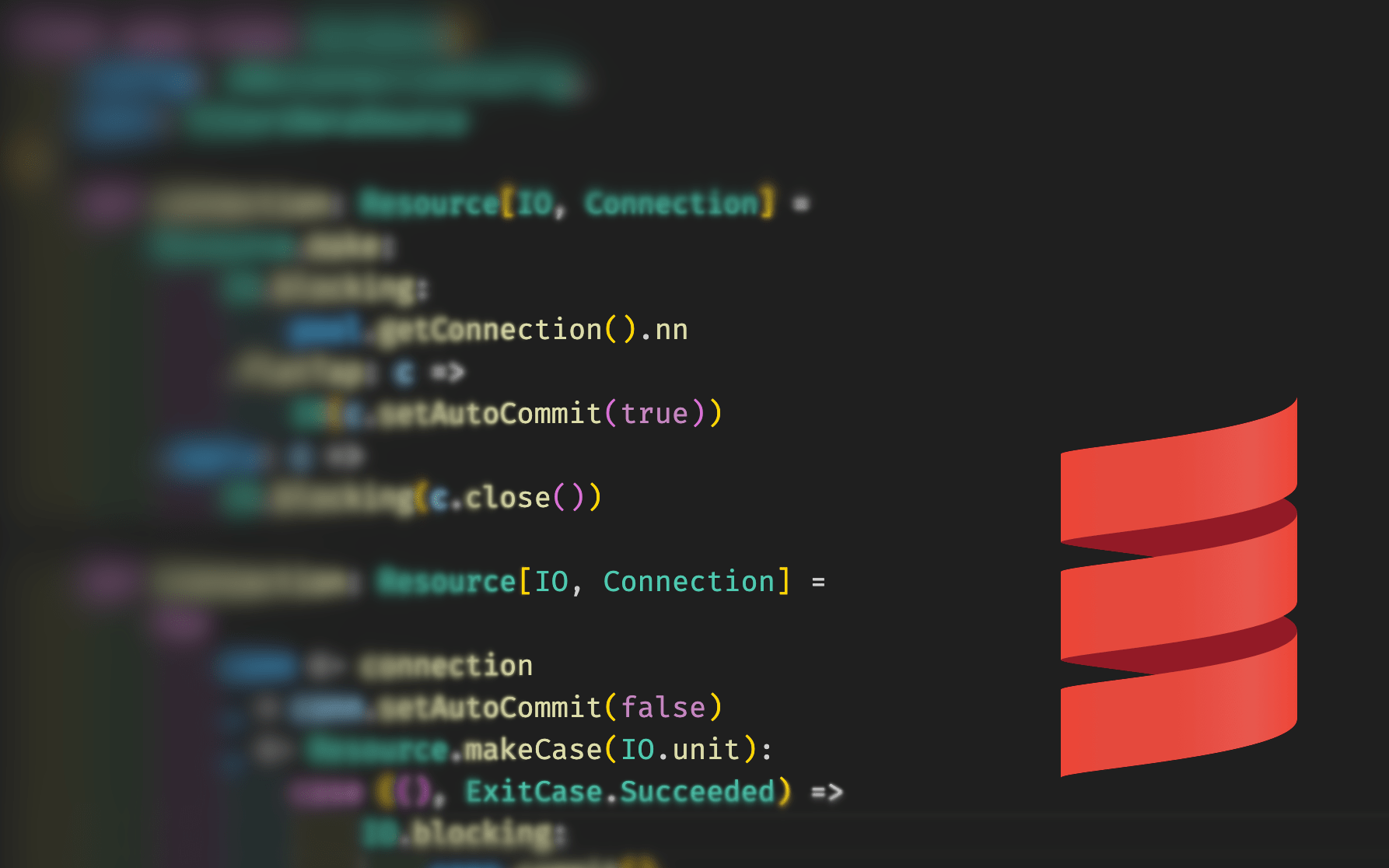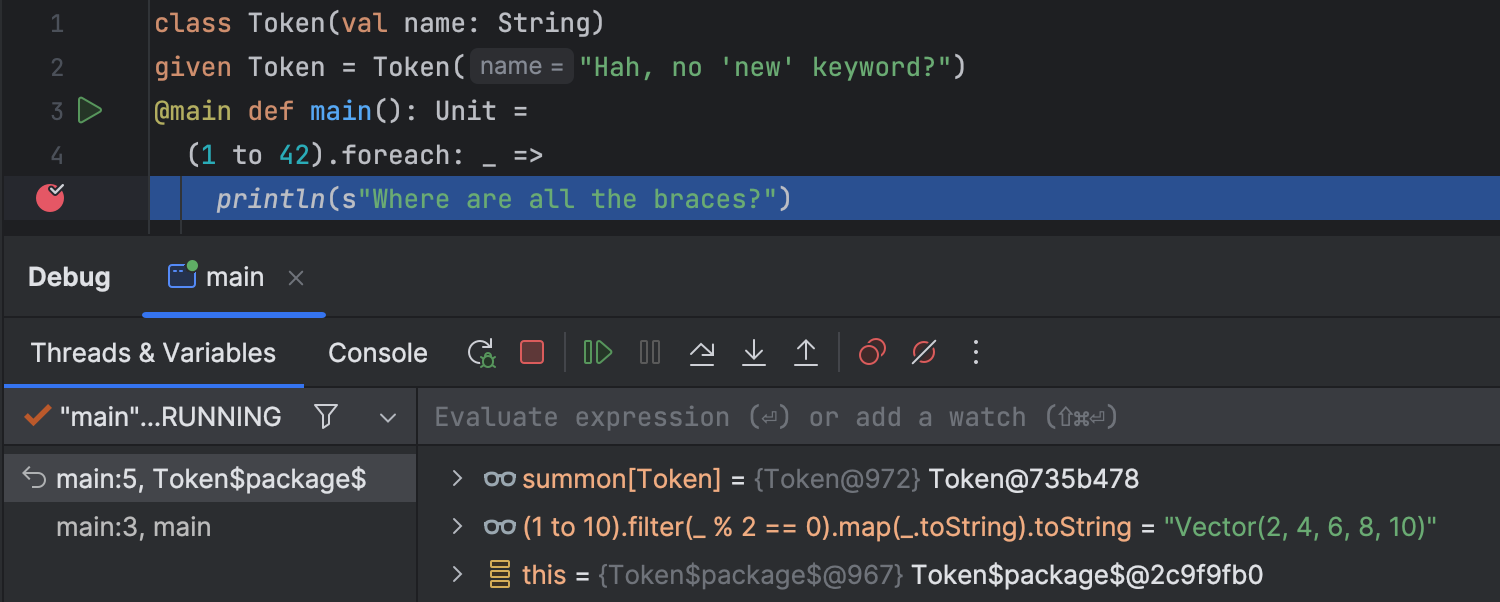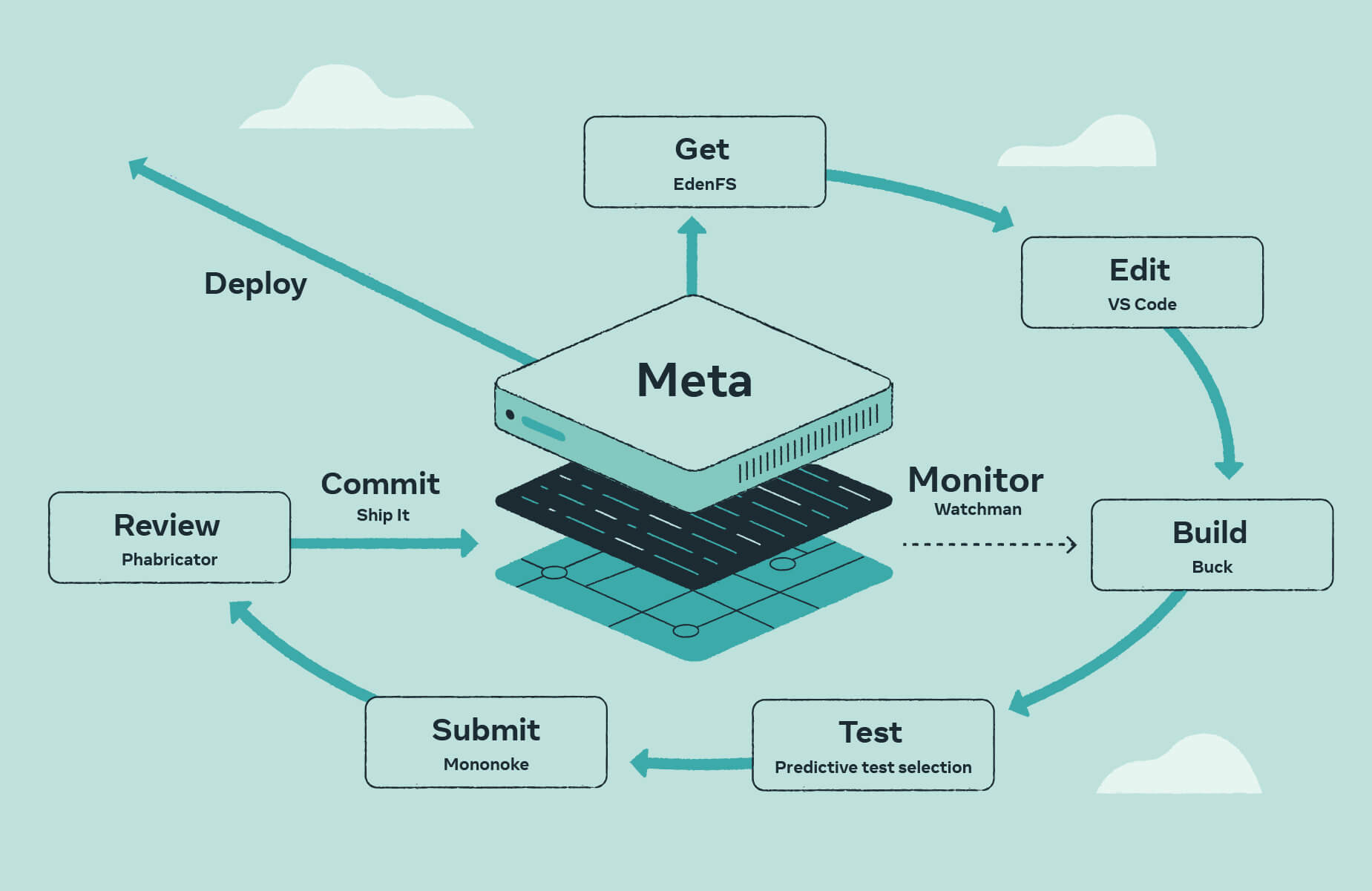- 28 Posts
- 623 Comments
Ahh, that’s good to know. Perhaps a mention of this in the original post might help some lost lemmians such as myself :-)
/u/Ategon , seems like the links lead to an error page, is this still the recommended way of requesting a community creation?
Glad to hear that! That’s an area of dsub which I appreciate: it’s pretty clear what’s cached offline and not, transitioning to offline is one tap away, and caching whole sub-trees of the library is easy and convenient. As a frequent flyer, I get that I might be an atypical user, but I rely on this very much.

 1·1 个月前
1·1 个月前Element is the poster-child of the venture capital long forgotten darling, now struggling for its survival after failing as an investment and as a product so thoroughly. During its first decade, they had to pump hype with overblown promises to keep the funds coming, often dragging the ecosystem into unsustainable and unattainable quests (remember P2P?). Now that this is no longer on the menu, they want to give the pretence of being the “reasonable” alternative and focuses on leeching public grants while completely failing/being late to the party in the corporate space. Even though Matrix saw some non-federating/private deployments at some government agencies in the recent years, little of it has benefitted Element, which pissed them off enough into going with an open-core model (i.e. closed source “Synapse Pro” with a paid subscription for the resource-efficient server). I’ve been following them since the very start, and although “fibbing” might be too strong a word, deception is their MO.
Looks like it was caused by the “size of streaming cache” which I had set to 0 under the assumption/hope it would mean “unlimited”. Though I had to log out and back on for album art to effectively reappear.
Glad this project is alive and well! For strange reasons, covers are not displayed in-app (replaced by a generic placeholder) but do appear in the android media related screens (media controls, lock screen, etc).

 11·2 个月前
11·2 个月前You seem angry. It’s just too bad you couldn’t funnel this energy into learning and configuring nextcloud to your needs. It is actually pretty lean when you set it up properly. Anyhow, happy you found something you liked eventually.

 8·2 个月前
8·2 个月前They are going mainstream the same way fully autonomous cars are: in the wildest dreams of tech oligarchs on a deregulation crusade. Humanoid robots are actually a tougher problem to crack, and this coming up now is rather the sign of AI investors desperate to diversify out of language models, so when THAT bubble eventually pops, I’m not sure how much will remain of humanoid bots either.
Not OP but I like that we can finally install from a URL (better late than never, heh)
There is no dedicated native mobile app yet (though there is a bounty for it), so the mobile experience happens via a PWA that is decent for browsing and quick editing, but lacks offline support
If you need semantic notes with typing and structure, nothing beats https://triliumnotes.org/ IMO/E
The pace of the project is moreover very high these days
For the record, it seems the project moved on, just without its previous maintainer, to github: https://github.com/tt-rss/tt-rss

 2·2 个月前
2·2 个月前Prosody is a great piece of software, and so is ejabberd which offers some perks. I can’t speak for the other servers (mongooseim, openfire, tigase, …) which I haven’t tried in a long time,
All that’s to say that it’s amazing that we get so many well maintained and compatible servers (and clients) implementations in XMPP-land, and all the implications for its healthy future.

 2·3 个月前
2·3 个月前I mean, a mechanical timer costs, like, 3 bucks in any currency and lets you set charge and discharge cycles. Add 10 bucks and you have one that you can pilot via REST API.

 5·3 个月前
5·3 个月前Don’t rip out the battery, that’s free UPS!

 5·3 个月前
5·3 个月前If there’s nothing utterly specific from the nextcloud ecosystem that you absolutely need, no, Synology has you covered

 1·4 个月前
1·4 个月前You seem to be obsessed with optimising one resource at the expense of others.
If you want to push it and paint me as obsessed about something, then let it be this: providing this community with on-topic and reasonable advice
you’re only going to save a few MB of RAM.
This is false, and you should read once again my previous message illustrating why: on a decent “self-host”-friendly machine, the same software may work very well, or not at all, depending on whether the user would engage with very basic configuration. This goes beyond RAM (memory isn’t the sole shared resource), and I’m adamant that the alternative (which was “pretending that the problem doesn’t exist” turned into “throwing money at the problem”) is unreasonable.
On the other hand, if you’re doing it to learn more about computers then it might be worthwhile. This is a community of hobbiests, after all…
Or more importantly: the extent to which you can self-host out of sheer luck and ignorance like you suggest is very limited. If you don’t want to engage with a minimum amount of configuration, you might bump into security issues (a much broader and complex subject) long before any of the above has a material impact.

 1·4 个月前
1·4 个月前I’m saying this based on real world experience
And do you think I would spend my time engaging if that wasn’t from my own very “real world experience” of lessons learned the hard way?
Bringing-up “diminishing returns” as if this was an optimisation game also doesn’t do this justice. Take the typical “household FOSS package” with software names often brought up in here: a nextcloud instance, a photo-sharing service like immich, private instant messaging, a software forge, a subsonic-compatible audio/video streaming server, a couple php websites like wallabag and RSS aggregators.
An Intel Atom CPU and 4GB of RAM is plenty sufficient for all that, and will cost you single digit USD a month, granted you put the (one-time) effort to tune and balance those services. Would you run all the above from upstream’s docker files, I can guarantee you that you would deem this (perfectly fine otherwise) server underpowered for the task at hand (and would probably go for a 10th gen or so Intel Core CPU, quadruple the RAM and 3-6× the energy cost in the process).
And that’s the point I’m making here: a self-hosting community of tinkerers should (ideally) know better, for the ethics’ sake of keeping the process environmentally friendly, and not wasting other people’s money.
























I came to bitwarden because we needed to share passwords with my SO and the way those replicate seamlessly on all our devices (desktop, laptop, iOS, Android) is a no brainer. Since bitwarden/vaultwarden is full self-hostable and open-source, I don’t see why I would pass on its convenience.